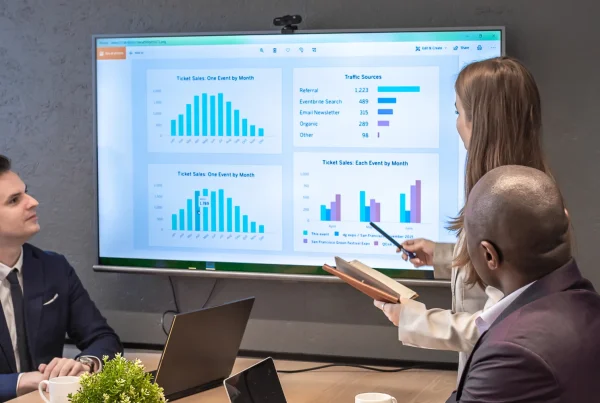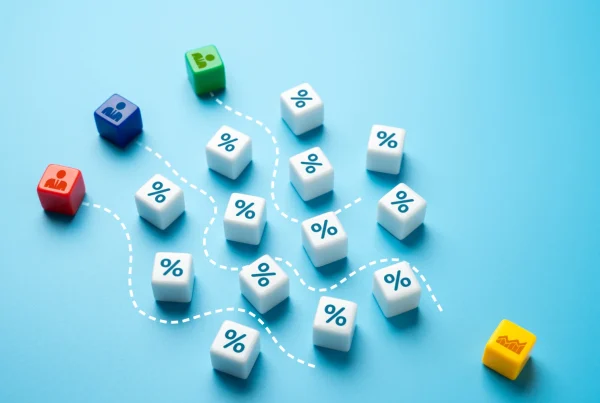Promotional planning presents big challenges for grocery retailers and CPG brands. Developing offers that deliver the desired results without financial waste is a difficult task. Research has found that only 33% of trade promotions make money. In fact, eliminating 22% of promotions would increase sales revenue.
Promotional activity and response varied wildly during 2020. Overall, consumers were found to be less price and promo sensitive, driven in part by the shock of empty shelves in the initial phase of the pandemic. There was also a reduction in promotional activity from brands, touching the lowest point in May.
COVID has driven many changes in pricing and promotional behavior and strategies over the last year:
- Price/mix increased significantly (1.8-5.4%) during the pandemic
- Consumers became less price sensitive (12% reduction in price elasticity) – particularly towards supply-constrained categories. There was a resulting reduction in promotional activity for most of 2020, but promotional activity has been bouncing back to normal levels since October.
- There has been a significant channel shift, with more consumers using alternate channels than ever before. E-commerce shoppers are also less price sensitive than in-store shoppers.
- There has been a K-shaped bifurcation in item preference. Consumers gravitate more and more towards both value and premium brands driven by change in income status and increase in in-home consumption.
As a result, retailers and brands have an opportunity in 2021 to improve their promotion strategies and optimize spend. The right TPM tools will help planners develop high-performing offers as we move through this transition year, from the pre-COVID era toward a recovery environment with new shopper behaviors and fresh financial benchmarks.
Begin by solving the data problem
Most brands plan and execute promotions with only a limited view of data to guide them. In some instances, retailers may share data with their brand partners but this isn’t always the case. You might instead struggle along with different data sources that don’t always talk to each other, making it difficult to align your promotional plan with historical trends and your future goals. Implementing an end-to-end TPM platform will enable you to wrangle all that data and use it more effectively.
Blending multiple stakeholders and multiple goals
As the number of stakeholders increases, trade promotions become more complex. Changing an offer could require buy-in from the brand manager, account manager, and representatives from finance and marketing. Each group brings their own incentives and concerns to the table, and each is likely using a unique set of metrics to drive their decisions. The brand manager may focus on increasing units, for example, where the financial team is concerned with margins. It’s difficult to get everyone on the same page.
- What improvements do stakeholders want to see?
- How much funding is available for your promotional strategy?
- Which levers can you pull to deliver the best results?
The right promotional technology harmonizes those disparate data sets and helps you gain stakeholder consensus on offer performance, goals, and expectations. A next-generation platform such as TradeSmart enables you to create an environment where everyone is looking at the same metrics. From there you can develop a shared understanding of how to impact the right areas within your business and ensure your trade promotions make money.
What-if planning and why it’s more important than ever
You need to identify which retailers, categories, sub-brands, or items are delivering high ROI on promotions and which are not. Once you know where you want to pursue change, the ability to conduct what-if planning enables you to see how much you can tweak your offers, how those adjustments are expected to perform, and where opportunities may exist to further optimize your promotional strategy.
- If a previous offer was $3, should you now drop to $1.50 or increase to $4.50?
- What’s the optimal offer to drive the strategy your organization wants to execute?
- Is the most advantageous choice to eliminate a particular offer?
You can leverage technology with predictive analytics to create what-if scenarios, showing how a promotion will perform without actually running it. And using an AI-powered TPM solution, your system continuously learns about each product and segment. This capability provides you with more accurate insight as the marketplace continues to evolve.
Elevate your promotional planning to fit the new normal
The last year reshaped the landscape for CPG and grocery retailers. The shift to e-commerce and a greater emphasis on DTC have changed offer structures. You may need to revisit how you want to spend on in-store promotions versus buying space on a retailer’s website, for example.
Offers were reduced in many areas, particularly grocery, and customer preferences also changed. Categories such as fresh cooking grew during the pandemic, but restaurant reopenings may trigger another shift in consumers’ buying patterns. Heightened expectations around personalization are increasingly influencing promotions. Rather than creating broad offers, retailers able to deliver targeted offers may enjoy better results from their promotions.
But we’re in dynamic times and LY data alone won’t uncover the best ways to optimize your promotional plan. Instead, you need to understand your business drivers and how each is affected by this fluid environment. Categories will respond differently as the recovery moves forward and a TPM with AI capabilities can keep you ahead of the curve with the most current data and highly accurate forecasting algorithms.
Promotional planning gets a boost with TradeSmart
The right TPM/TPO solution should be built to align with your organization’s goals and position you for success. Your promotional tools should also enable you to drill down to specifics, such as the spend you want to do with a certain retailer, and recommend exact offers down to the item. In an increasingly remote work environment, a good TPM solution should have configurable business constraints such as offer depth, promoted product group, frequency, etc. to reduce back and forth on offers. It should also make it easy for stakeholders to collaborate more effectively with intuitive workflows.
Balancing and effectively addressing such a wide array of capabilities requires a solution that’s robust and designed to operate in today’s dynamic retail environment. We created Impact Analytics TradeSmart™ to address these challenges using input from a range of grocery and CPG buyers to ensure optimal results with a minimal time investment.
Impact Analytics not only keeps your team efficient through day-to-day promotional planning, we also reduce system implementation time and we can get you up, configured, and running with TradeSmart in 12 weeks or less. To help ease concerns about disruption to your existing workflows and processes during this busy time, we also offer proof of concept and free trials, so you know the solution works for your organization. With a leading TPM solution in your corner, you’ll be ready to build a promotional strategy that supports your business goals no matter what the future brings.





